What is a GFCI breaker and what is a circuit breaker?
A GFCI – Ground Fault Circuit Interrupter – is a protection device that breaks the circuit when there is a current leakage in the circuit. It is very important for the safety of people living in a property. The main task of a GFCI breaker is to prevent shock when a device comes into contact with water. GFCI breakers are installed in the electrical panel and usually protect circuits that used in wet locations.
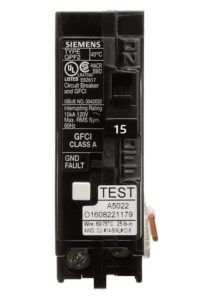
A GFCI outlet or with other words a GFCI receptacle is easy to recognize since they have a test button and a reset button. The test button helps to verify whether the outlet operates and the reset button is used for resetting the power supply after it breaks. Testing these outlets is easy and fast, goes only by pressing the buttons. It is highly recommended to test them at least once a month – unfortunately this is what move can be said to be forgotten by most families, which can lead to fatal results.
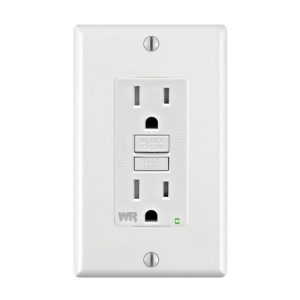
There are also temporary or portable GFCI outlets which are used in constructions or outdoors. They have to be tested before every use and are not for using as permanent alternative to regular GFCIs.
A circuit breaker is a protection device as well. It protects the circuit against overloading, overheating, over current and catching fire. It breaks the circuit when the current exceeds a certain limit. That means for example that it doesn’t break the circuit when a current is flowing through a person and this is causing an electrical shock – only in case of the current exceeds the breaker’s rating.
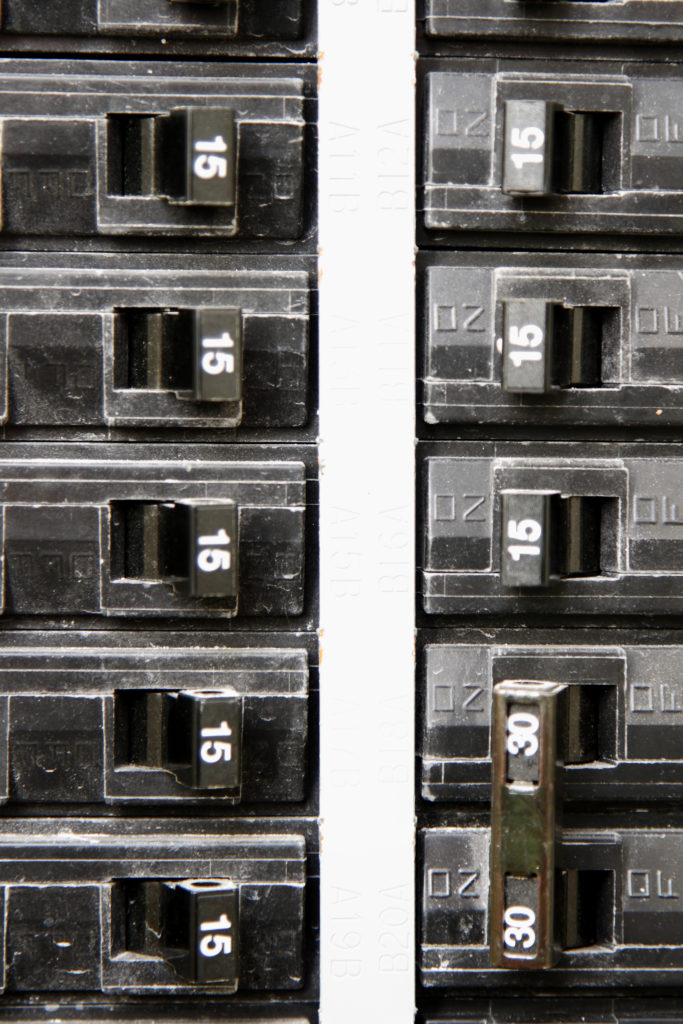
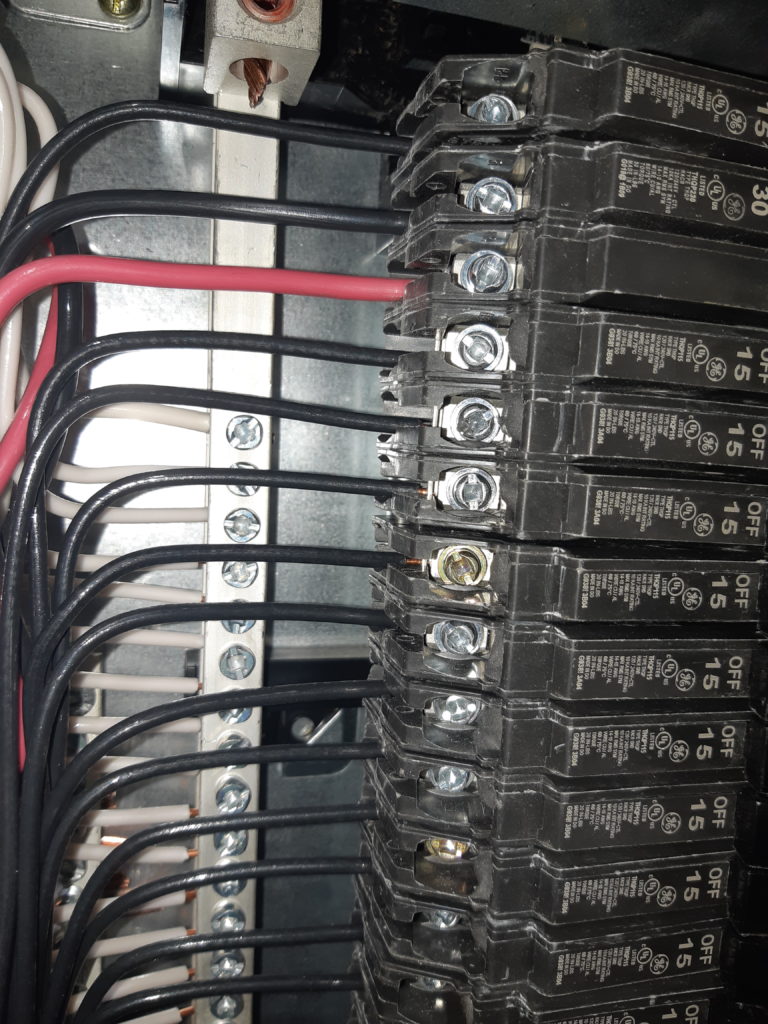
Circuit breakers are installed in the circuit breaker box of the building. Each breaker controls the current supply of a room or an area of the building. Appliances with a high power needs can have an own circuit breaker too, according local electrical code. In case of abnormal current conditions the breaker shuts off the circuit for that specific appliance or area where it worked. After this you have to reset the breaker manually at the breaker panel.
However circuit breakers and outlets are generally cheaper than GFCI breaker, it is recommended to use both of them in a building to have a full protection against electrical incidents. GFCI breakers in locations which can be come into contact with water to prevent electrical shock and circuit breakers in the electrical panels to prevent electrical fire due to overload.
How to wire a GFCI breaker?
First of all, the most important step in installing a GFCI breaker is to shut down the main breaker. While working always keep in mind that you must not touch service lines or terminals. You have to find the right GFCI breaker, because not all panels and breakers are compatible with each other.
If required, create a completely new opening for the new GFCI breaker.
The “hot” circuit wire should be connected to the “hot” or “low” terminal on the breaker, and the neutral circuit to the neutral screw terminal.
You should connect the neutral wire, that is coming out of the breaker to the neutral bus bar, then check if all connections are all right.
After this, fit the breaker into the panel. Here the instructions provided by the manufacturer can help a lot. Breakers usually clip into a tab on the bus bar of the panel.
As last step you have to test the breaker.
Where must be a GFCI breaker installed?
GFCI requirements have been added to the National Electrical Codes since 1971. Originally they were required only at the exterior of the house and by swimming pools. Later, the range of applications was constantly expanded, and today it is necessary to use such sockets close to water body, like in kitchens, bathrooms, laundry rooms, basements, garages and workshops as well.
Qualified professionals usually recommend that lights should not be put on GFCI protected circuits, so that you are not left in the dark in case of the circuit trips.
How to replace a GFCI breaker?
The industry standards give typically 10-15 years for GFCI breakers regarding usability. After this time they should be changed.
And then the question arises: How do you know actually if your GFCI breaker is bad? To find out that, you have to test and reset every GFCI outlets you find in the house. If they won’t reset or after pressing the “test” button, it doesn’t pop out, there may be no power to the outlet or the GFCI is bad.
If you are not sure if there is such an outlet in your house, contact a professional electrician who will perform the necessary inspection and replacement work before a major problem arises.
It is always advisable to ask a professional electrician to perform inspection on outlets. Causes of prematurely fail can been an exposure to excessive heat, moisture or UV lights.
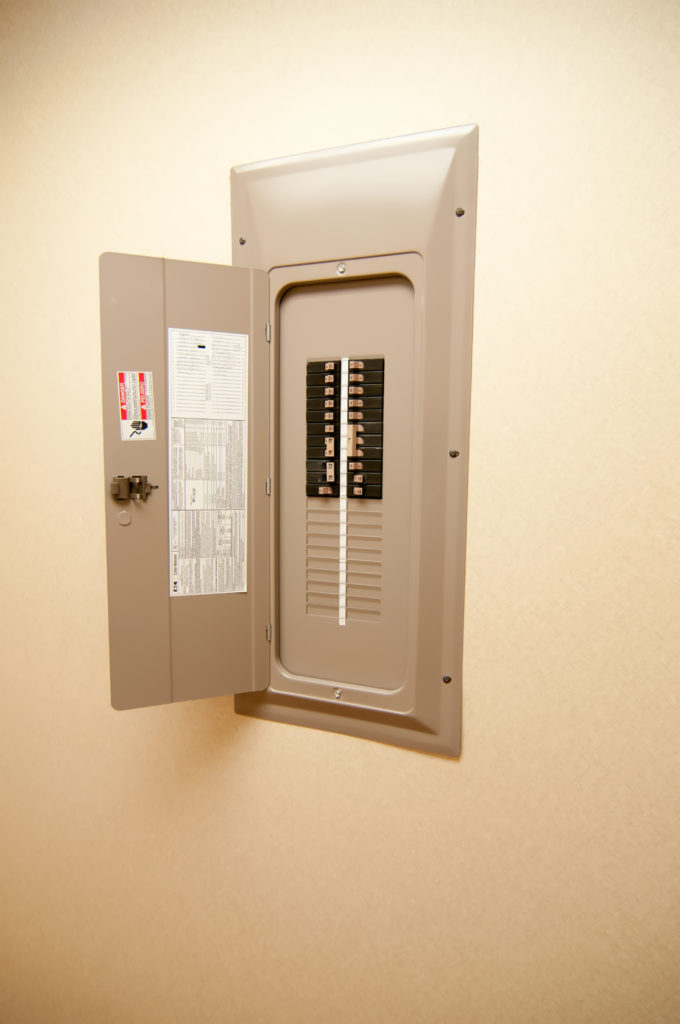
Does it sound complicated?
As first step the main breaker has to be turned in to “Off” position so that the electricity will be cut off in the whole property. Then you can remove the metal panel of the breakers, find the one you need to replace, and switch it into “Off” position as well. Then you can take out the old breaker and unscrew the wires. While doing this task always note which wire and screw belong together. The new breaker should be also in off position before connecting the wires to the terminal screws.
After that you have to connect the other two wires as well. The hot wire – usually black – goes with the “power” and the neutral wire – usually white – goes with the neutral terminal screw. The white neutral wire from the breaker goes under the neutral bar in the panel. Then you have to tighten the screws. When you’re ready with this, put the panel cover back and you can turn the main breaker back to the “On” positions, first the main power switch and then the GFCI breaker switch.
Which type of GFCI breakers are available and where to use them?
Single pole breakers are the narrow switches in the electrical panel of your home. They provide 120 Volts, 15-100 amps. If there is an overload in a circuit, only that particular breaker trips.
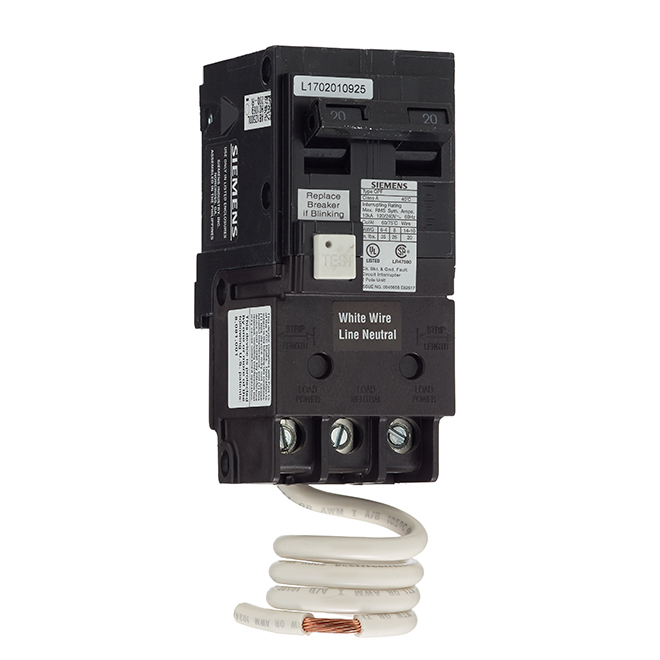
Double-pole-breakers are double switches. They provide 240 Volts, 20-100 amps and have two hot wires that share one neutral wire. If there is a short circuit on one of the wires, then both side of the breaker will trip.
National Code for GFCI breaker
As already mentioned GFCI requirements have been added to the NEC since 1971. Since then, over the last 5 decades, the range of areas require a GFCI outlet and a GFCI breaker has been expanded several times. The National Electrical Code is revised every three years to ensure the fullest possible protection for residents.
Initially, it was only required for swimming pool receptacles and for protection of receptacles at construction sites. In the years that followed, the use of the GFCI breakers and outlets was continuously expanded to more and more areas, such as bathrooms, kitchens, garages, laundry rooms and unfinished basements.
Compliance with regulations is mandatory during the construction or makeover of the house. These determine if a room have to have GFCI protection and if so, at what distance receptacles have to be placed away from the possible water source.
Which are the best manufacturers?
There are some companies that you can trust if you would like to buy new GFCI breakers.
These are Leviton, Square D, Siemens, Schneider Electric, GE, or Eaton. All of them are trusted, professional manufacturers and some products of them – e.g. Square D with Siemens, GE, and Murray – are interchangeable which makes your job easier when shopping.
When purchasing the products of the above-mentioned manufacturers, you will certainly have the right quality equipment, but before buying, it is definitely worth asking your electrician for his professional opinion.
Where to buy?
You can buy directly from the manufacturers’ specialty stores or via online shopping platforms. And Canada Breakers and Home Depot are also perfect places where you’ll get professional help in case you need it. Of course, in case you are still unsure which product of which brand you should choose to make the right decision, it is best to seek the help of a professional electrician who can purchase the right breakers and outlets for your home and your needs.
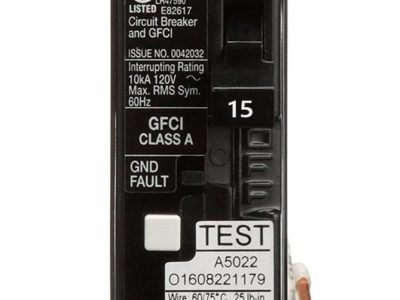
 Electrical panel – and what you need to know about them
Electrical panel – and what you need to know about them